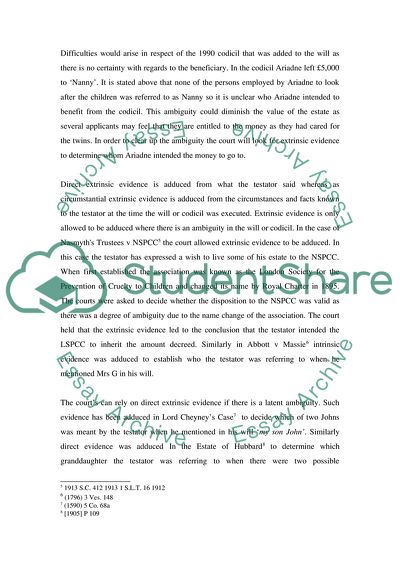Cite this document
(Law of Succession Case Study Example | Topics and Well Written Essays - 2000 words, n.d.)
Law of Succession Case Study Example | Topics and Well Written Essays - 2000 words. Retrieved from https://studentshare.org/law/1706693-law-of-succession
Law of Succession Case Study Example | Topics and Well Written Essays - 2000 words. Retrieved from https://studentshare.org/law/1706693-law-of-succession
(Law of Succession Case Study Example | Topics and Well Written Essays - 2000 Words)
Law of Succession Case Study Example | Topics and Well Written Essays - 2000 Words. https://studentshare.org/law/1706693-law-of-succession.
Law of Succession Case Study Example | Topics and Well Written Essays - 2000 Words. https://studentshare.org/law/1706693-law-of-succession.
“Law of Succession Case Study Example | Topics and Well Written Essays - 2000 Words”. https://studentshare.org/law/1706693-law-of-succession.


